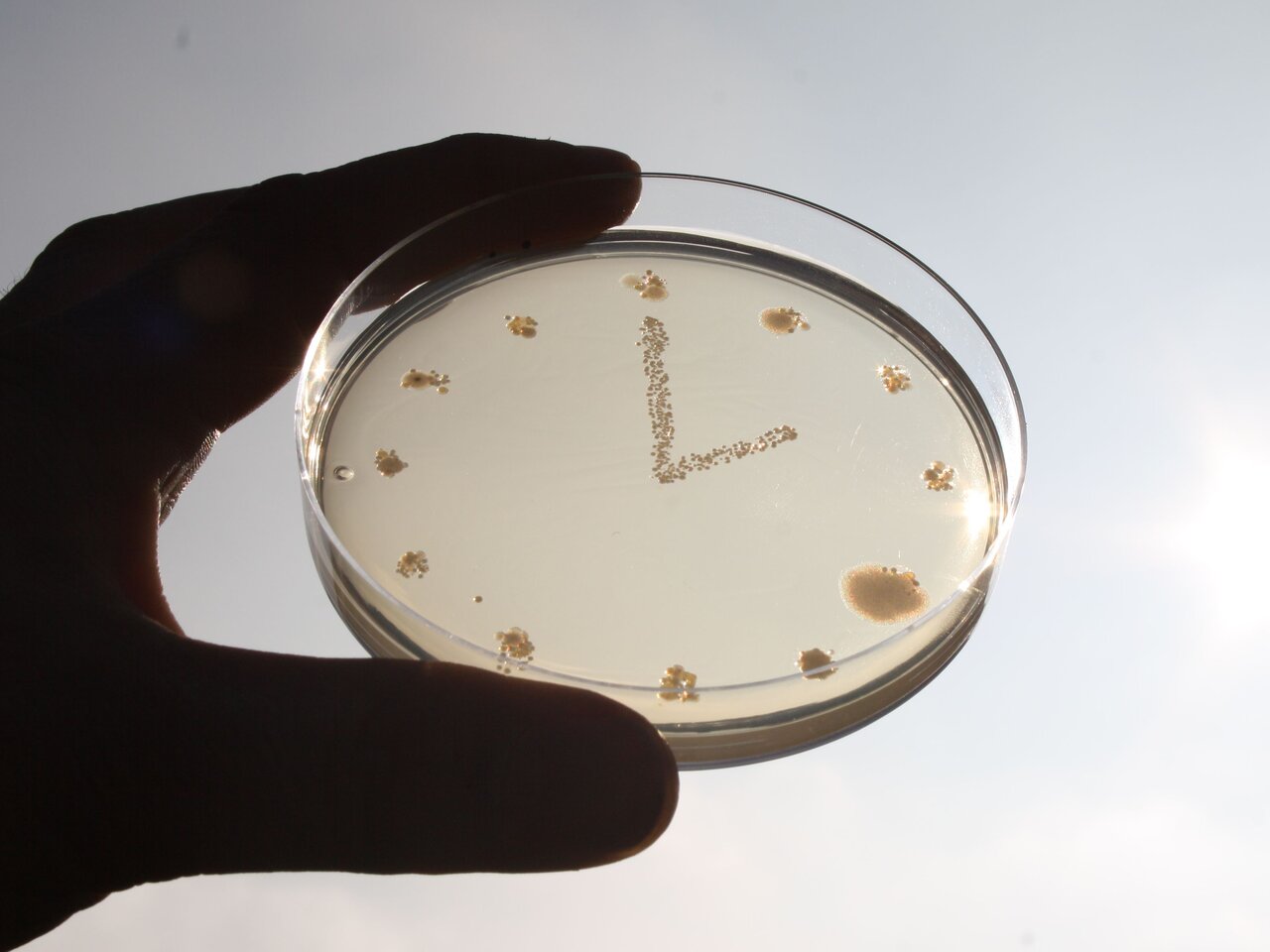Project
Measuring of bio-aerosols around-the-clock

Automated measurement of fluctuations of the bio-aerosol concentration at animal housings during the course of the day
Bio-aerosol emissions from animal houses seem to be very high. However, emission measurements are conducted in the daytime only. We measure with a novel automated sampler continuously day and night to determine the actual emissions.
Background and Objective
Bio-aerosol emissions from animal houses show great fluctuations, e. g. due to varied activities of the animals in the houses. Therefore, valid measurements should be conducted continuously, also at night. We do this with a novel sampling system.
Target Group
For estimation of effects of bio-aerosol emissions on the population valid data are needed. Our sampling systems help regional authorities, environmental auditors and engineering consultants who conduct measurements: Thus they can better assess possible risks.
Approach
AGI-30 Impingers are typically used for the collection of bio-aerosols in salt solutions. On that basis we developed an automated sampling system. We are conducting 48 h-measurements at different animal houses and species to investigate the bio-aerosol concentration during the course of the day.
Our Research Questions
What are the fluctuations of the bio-aerosol concentration at animal houses during the course of the day?
Results
There is a daily course with clearly lower concentrations at rest periods. The level of fluctuations seems to depend of among the activity in the houses also from the body surface of the different animal species. We found the highest fluctuations, more than one power of ten, for poultry. Goats show lower fluctuations, followed by cattle and pigs. Possible explanations would be:
- Poultry and goats have proportionally more surface area (filigree feathers, thick fur)
- Poultry is more active
- Micro-organisms get easier into the airborne state by feather fragments or hair
- Plumage and fur protect micro-organisms from cold and dehydration
Thünen-Contact

Involved Thünen-Partners
Duration
10.2015 - 12.2018

![[Translate to English:] [Translate to English:]](/media/_processed_/3/6/csm_Hintergrund-Ausschnitt1_9daaef6b89.jpeg)
![[Translate to English:] [Translate to English:]](/media/_processed_/3/6/csm_Hintergrund-Ausschnitt1_0bd7111163.jpeg)




